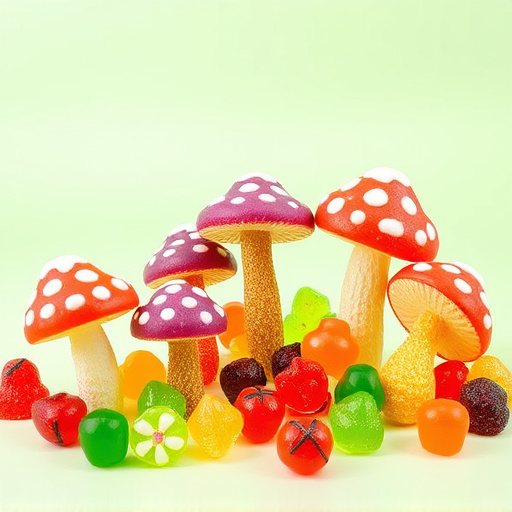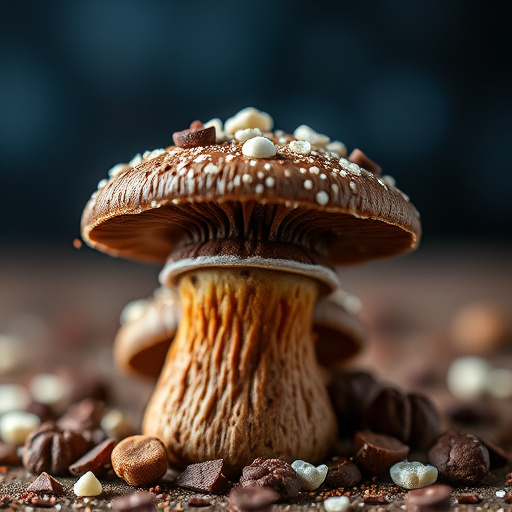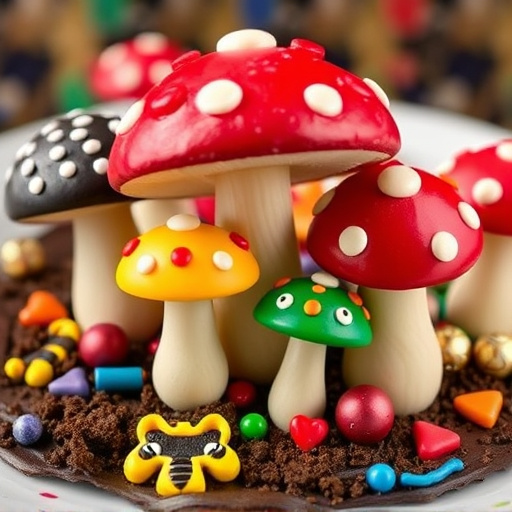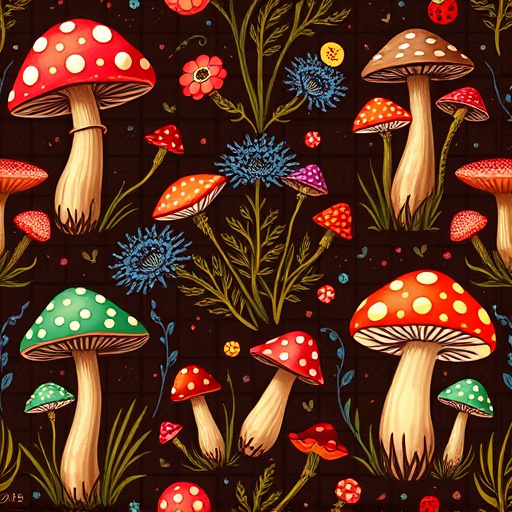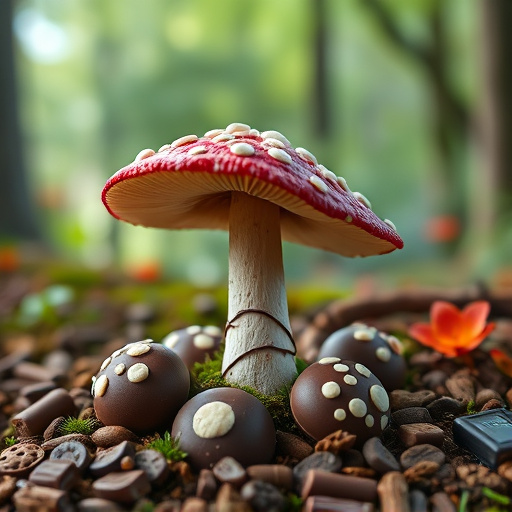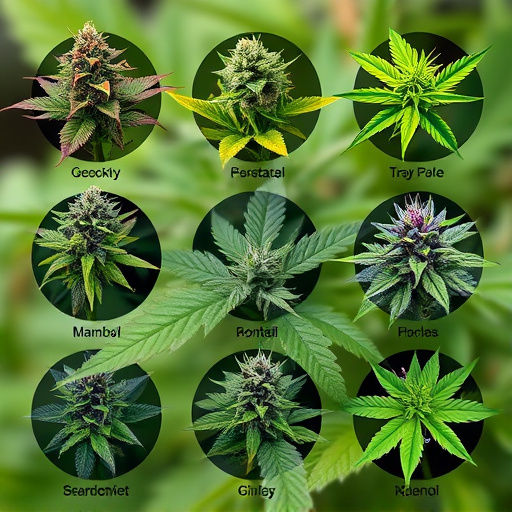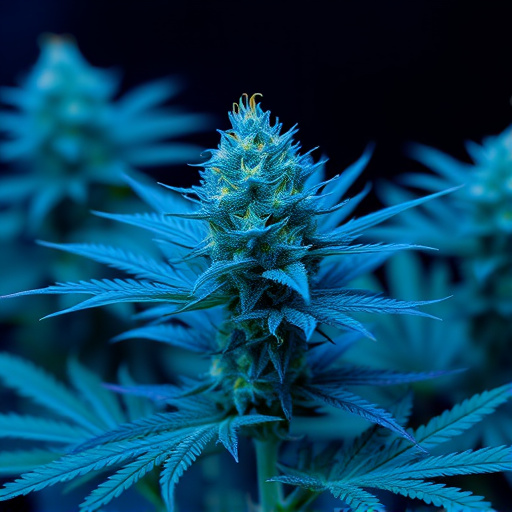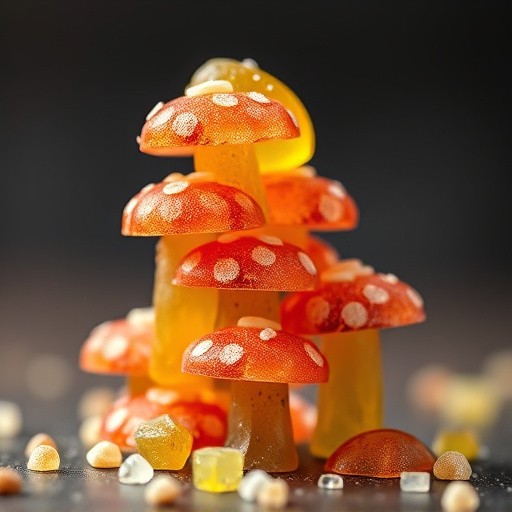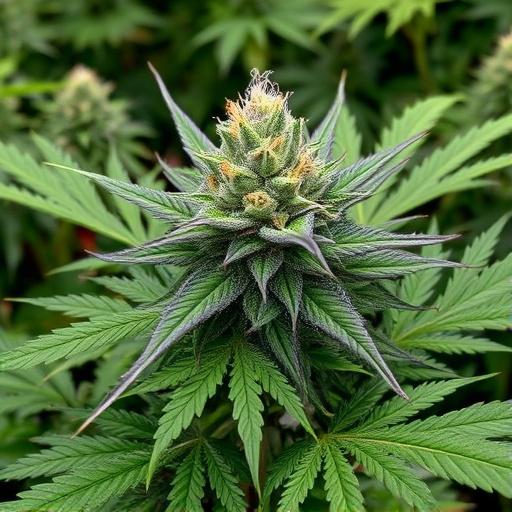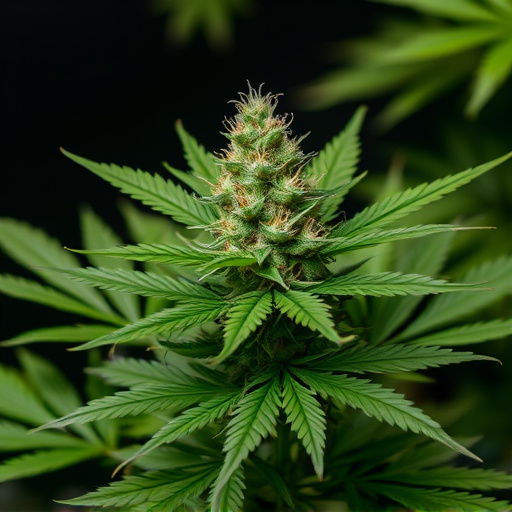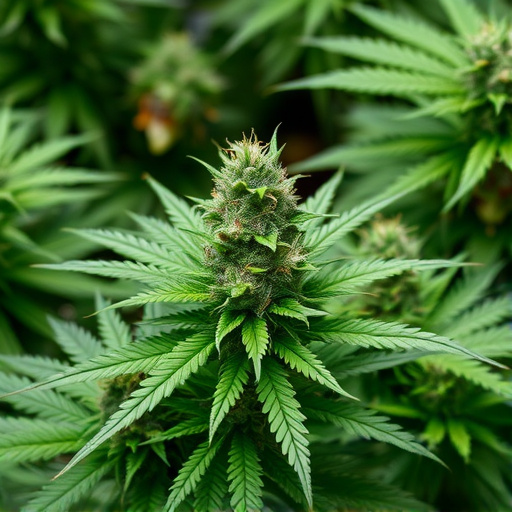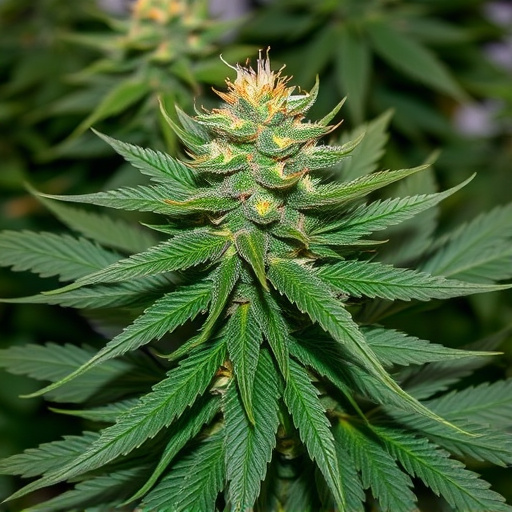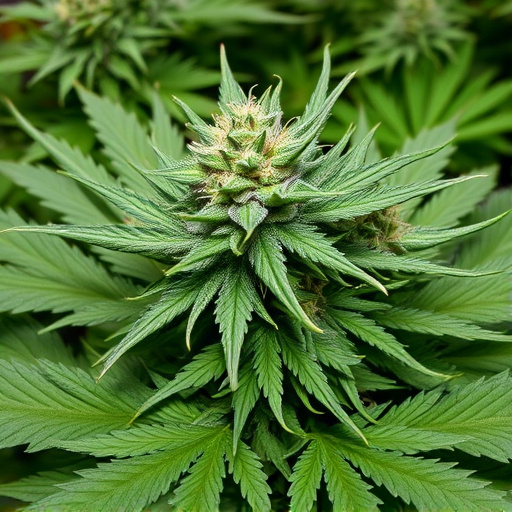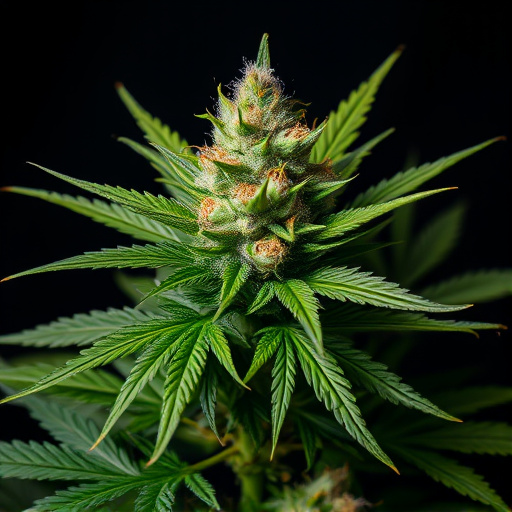Decarboxylation is crucial for preparing cannabis sativa strains for consumption, transforming inactive cannabinoids like THCA and CBDA into active THC and CBD. Optimal preparation involves using high-quality, fresh strains, proper drying, and grinding. Popular decarboxylation methods include oven heating (230-245°F/110-120°C), dehydrators (120-140°F/49-60°C), or vacuum ovens for controlled activation, preserving flavors while ensuring cannabis sativa strains maintain their therapeutic benefits.
Learn the art of decarboxylating cannabis flower to unlock its full potential. This process, essential for creating effective edibles and concentrates, activates cannabinoids like THC and CBD, making them bioavailable. From understanding the science behind it to choosing the right preparation methods, this guide covers everything you need to know to effectively decarboxylate cannabis sativa strains. Discover proven techniques to harness the power of these powerful plants safely and efficiently.
- Understanding Decarboxylation: The Process and Its Purpose
- Preparing Cannabis Flower for Decarboxylation
- Methods to Decarboxylate Cannabis Sativa Strains Effectively
Understanding Decarboxylation: The Process and Its Purpose
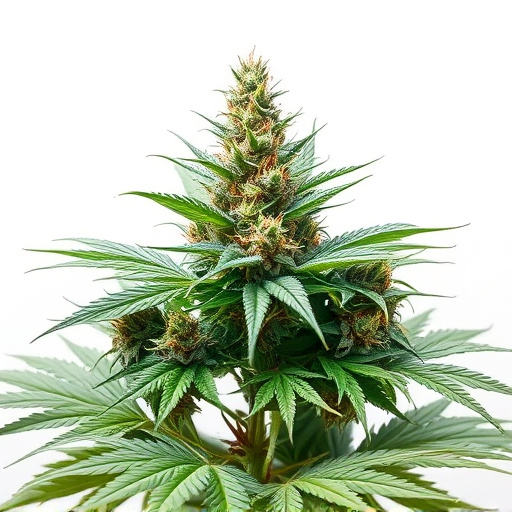
Decarboxylation is a critical process in preparing cannabis sativa strains for consumption. It involves heating the raw plant material to activate its chemical compounds, most notably THC (tetrahydrocannabinol) and CBD (cannabidiol). During this process, the plant’s trichomes, which contain these valuable compounds, undergo a transformation. The heat triggers a series of chemical reactions, converting THCA (the acid form of THC) and CBDA (the acid form of CBD) into their active forms: THC and CBD.
This activation is essential as raw cannabis contains these compounds in an inactive state. Decarboxylation ensures that when you consume or infuse the plant material, you derive the full potential benefits and effects offered by cannabis sativa strains. Whether through baking, vaporizing, or other methods, understanding this process allows users to control the intensity of their high and harness the desired properties of different cannabis varieties.
Preparing Cannabis Flower for Decarboxylation
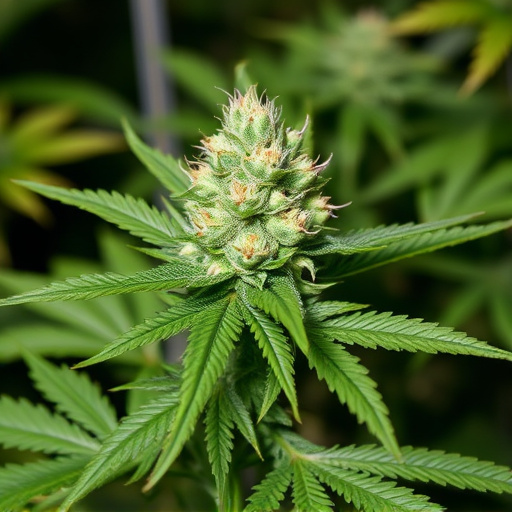
To prepare your cannabis flower for decarboxylation, start by selecting high-quality, fresh cannabis sativa strains. The quality and condition of your buds play a significant role in the final product’s flavor, aroma, and effectiveness. Ensure the flowers are dry and cured properly; this process helps to achieve optimal decarboxylation results.
Next, grind or chop the cannabis into smaller pieces. This increases the surface area, allowing for more efficient heat exposure during the decarboxylation process. Proper preparation ensures that all compounds, including cannabinoids like THC and CBD, are evenly distributed and accessible for conversion.
Methods to Decarboxylate Cannabis Sativa Strains Effectively
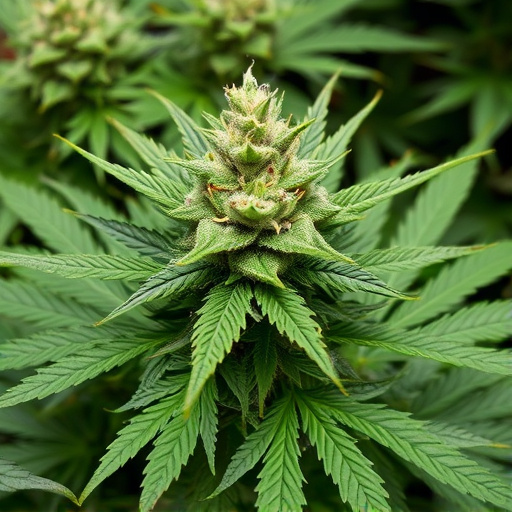
Decarboxylating cannabis sativa strains is a critical step in preparing the plant for consumption, as it activates potent cannabinoids like THC and CBD. There are several effective methods to achieve this process efficiently. One popular method involves heat activation. Preheating an oven to around 230-245°F (110-120°C) and baking cannabis flowers or buds for approximately 30-60 minutes ensures a gentle yet thorough decarboxylation. This method preserves the aromatic compounds and flavors of different cannabis sativa strains, making it a favorite among those who prioritize the sensory experience.
Alternatively, using a dehydrator is another precise approach. Setting the device between 120-140°F (49-60°C) allows for slow and controlled decarboxylation, retaining the therapeutic benefits of the plant while minimizing degradation. For those seeking a more hands-off method, vacuum ovens offer consistent results by applying low pressure and heat, accelerating the decarboxylation process without compromising quality. These methods cater to various preferences and needs, ensuring that cannabis sativa strains maintain their potency and efficacy after decarboxylation.
Decarboxylating cannabis flower is a key step in preparing herbs for consumption, ensuring optimal potency and effects. By understanding the process and choosing suitable methods tailored to cannabis sativa strains, you can unlock the full potential of your plants. Whether through heating or time, each method offers unique advantages, allowing you to create effective and enjoyable cannabis products.
